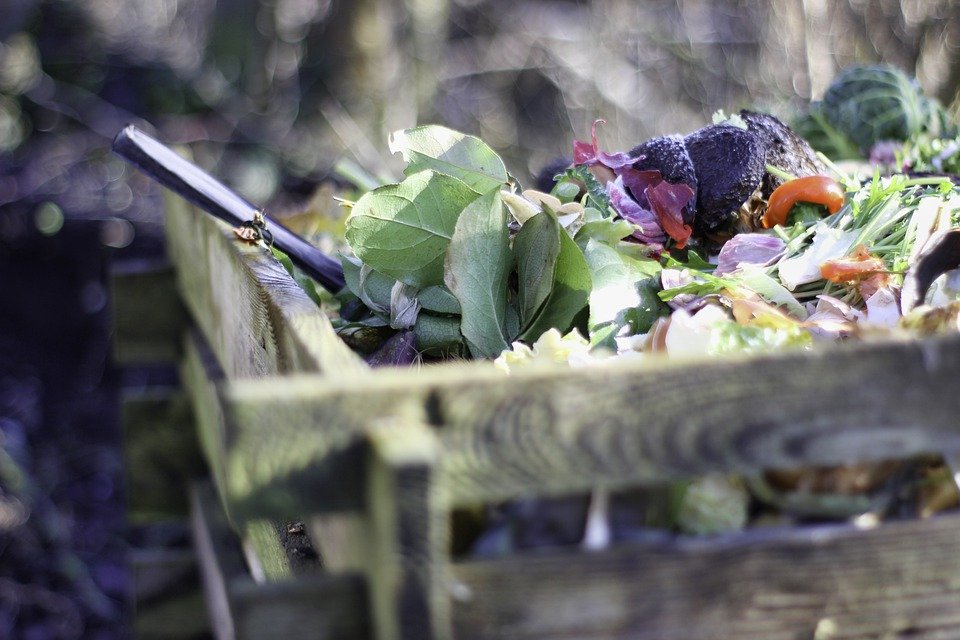Making Compost 101
Composting is a great way to revive your garden and add nutrients, while being environmentally friendly. If you start a compost, it can save 30 percent of your household waste going into landfill and can be a great natural substitute instead of chemical fertilizer.
Before you start your compost, you need to know what you should and shouldn’t add.

What you shouldn’t add to your compost:
Items you shouldn’t add include meat, bones, fish scraps, oil, grease, dairy products, dead and sick plant waste, weeds and bananas, orange and peach peels. If these items are placed in your compost, they can cause problems like pests, destroying healthy plants and adding pesticides to your plants. Also, if you are creating a compost to spread over your fruit or food garden, don’t add pet manure.
What you should add to your compost:
Items such as branches, food scraps, stems, peels, bits of wood, bark dust, sawdust, shredded brown paper bags, stems, dried leaves, wood ash, egg shells, manure, peat moss, green leaves, straw, coffee grounds, coffee filters, toothpicks, tea bags, matches and garden soil.
Starting your compost:
Start your compost outside in a large container in some soil or in your garden on bare soil. You can buy a specific compost bin from your DIY stores and garden stores that have lids and are the perfect size. Make sure your lid has holes so the compost can breathe, or it will end up rotting from lack of oxygen.
Next, collect kitchen scraps. To compost food scraps you need to place the food scraps into an ice-cream container or a compost pail and make sure you cut up any large scraps to the size of your little finger. Continue to collect food scraps until your container is full.

Then collect garden waste like twigs, leaves, grass cuttings and then collect items such as newspaper and cardboard. All of these things should be ripped or cut into smaller pieces like the food scraps.
After collecting all your items, you can start your compost by layering your different collections on top of each other. However, before you do this, you must know that a healthy, good compost contains a mix of nitrogen-based materials and carbon-based materials. If you aren’t sure which material is carbon or nitrogen based, eartheasy has a great chart that tells you which is which. A good rule to use is one third green material and two third brown material when layering your compost.
Layer the straw and twigs first, then the food scraps and other materials and then the green waste, grass etc. Add a little bit of water to each layer as you go and each layer shouldn’t be thicker than 10cm.
Every few weeks, mix the material before you add the new layers. If you compost isn’t showing change after a few weeks, add more green material and make sure there is moisture in the compost.
After six to eight weeks, your layers should have turned into compost. You can check this by the earthy smell and if the compost is dark brown.
Side note: You can add tiger worms, red wigglers, or red worms to your compost, however, worms will naturally find their way to your compost if the compost isn’t in a container, so it’s not required.
For daily blogs you can follow our facebook. Click here.
If you have any garden work like trimming, mowing or need to get rid of garden waste, call us on 0800 514 514 or click here to contact us.



